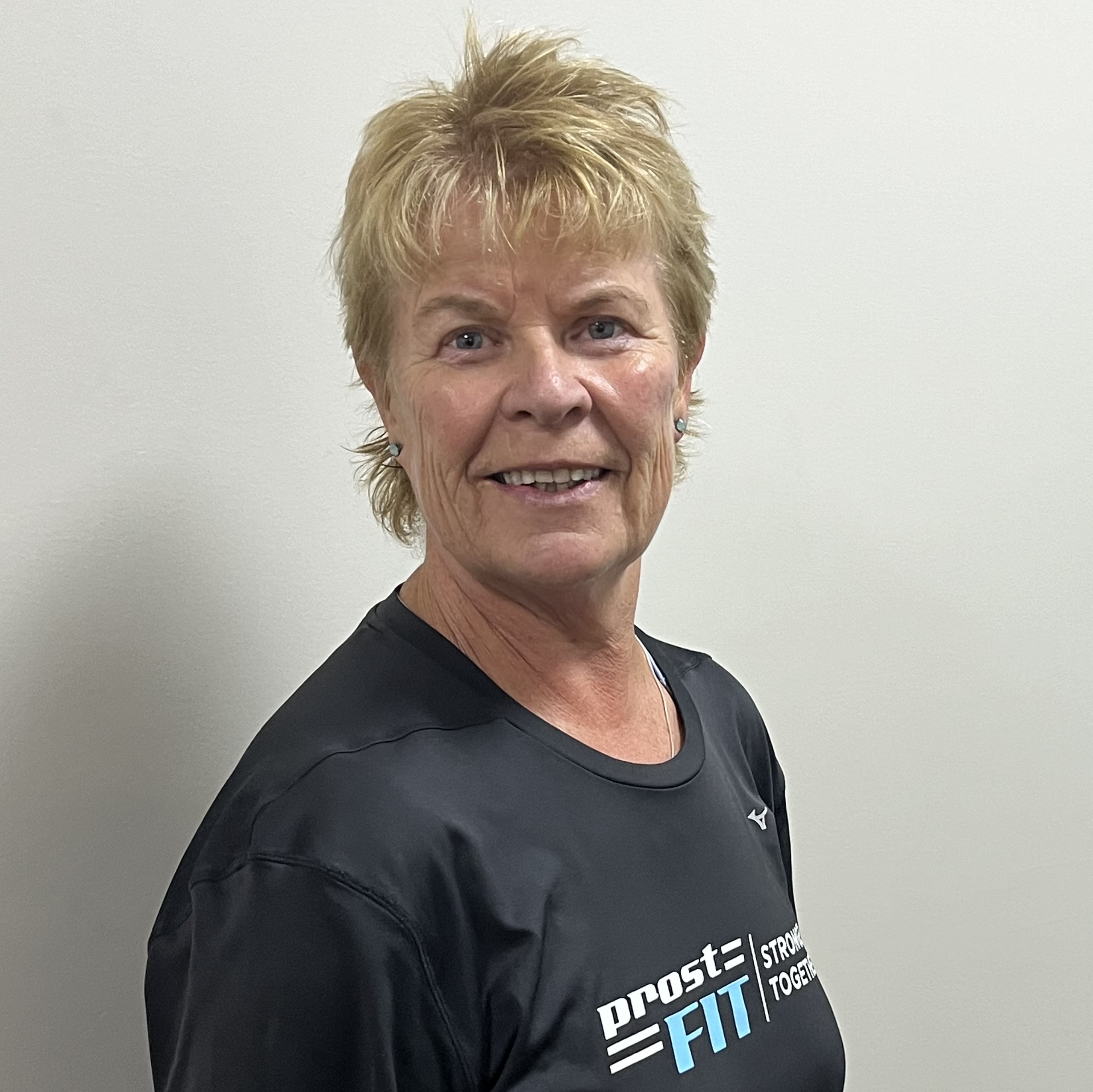Breathing – along with a heart that beats – is fundamental to our existence. However, according to breathing and respiratory experts, most of us don’t do it properly. Kris Tynan looks at paying attention to the breath when working with clients who have asthma or COPD.
The message of breathing well, along with good sleep, turns out to be a previously underrated yet crucial piece of the good health jigsaw for us all.
Of course, people who meditate or practice yoga and other Eastern wisdom practices have known this for centuries, and have very good awareness of their breathing patterns and the effect it has on both their body and mind. For most of us blessed with a good pair of well-functioning lungs, learning some simple breathing techniques like box or square breathing, 4-7-8 breathing, nostril breathing or diaphragmatic breathing can be extremely useful and can have a positive effect on stress and anxiety levels at the very least. (A quick internet search should demonstrate how to master these techniques.)
To around 14% of the UK population, however, breathing easily and comfortably just doesn’t happen. These are people who suffer from respiratory conditions like asthma and chronic obstructive pulmonary disorder (COPD). Although they both affect the lungs, they are quite different conditions with different causes, symptoms and long-term prognoses.
Asthma
Asthma is the most common respiratory condition, with around one in 12 adults and one in 11 children affected in the UK. It is a chronic inflammatory disease where the bronchioles (small airways leading into the lungs) become constricted, resulting in attacks of wheezing, coughing, shortness of breath and chest tightness. Triggers can include animals (cats, dogs, etc.), pollens and plants, smoke, chemicals, mould, dust mites, food additives, cold air and respiratory infections.
Exercise can also trigger an attack – which is known as exercise-induced bronchoconstriction (EIB). EIB usually occurs after at least several minutes of aerobic activity of an intensity such that mouth breathing takes over from nasal breathing. This means that the incoming air is not getting sufficiently warmed, which generates increased blood flow to the linings of the bronchial tree, resulting in oedema (swelling from fluid accumulation) and constriction of these small airways, worsening the degree of obstruction to airflow.
Asthma can develop at any age, although it tends to be diagnosed in the under-40s age group, and there is a strong hereditary component. It is, however, possible to ‘grow out’ of the condition and for symptoms to abate over time.
COPD
COPD, on the other hand, is a progressive condition with no cure and from which there will be no recovery. It is an umbrella term for the diseases of emphysema, chronic bronchitis and chronic asthma and is usually diagnosed in older adults. In the majority of cases – around 80% or higher – the damage has been caused by smoking. Being exposed to secondary smoke, air pollutants and industrial chemicals can also be to blame, but it is worth noting that 25% of smokers will go on to develop COPD, making a very strong link indeed between cigarettes and the disease.
Air sacs or alveoli (where oxygen is exchanged in the lungs) are normally elastic and stretchy and they inflate and deflate easily like a balloon. In people with COPD, however, the damage to the air sacs means they lose their elasticity and become floppy, leaving the air trapped and making it difficult to expel air without enormous effort. This is very tiring and can result in quick fatigue while engaging in seemingly low-intensity activity and ordinary household tasks like hanging out washing, vacuuming or, in severe cases, simply getting dressed.
Another consequence of COPD is that the walls of the airways become inflamed and thickened and mucus is produced, causing them to block even more. The tiny hairs or cilia that line airways and can help move mucus are also damaged, and so a person with COPD will develop a persistent and hacking cough in order to expel the mucus. A persistent cough that doesn’t go away is often the first clue that COPD is a possibility, along with risk assessment and exposure factors.
This hacking cough is also a key reason many people with COPD are reluctant to go out in public –particularly in these high-alert COVID-19 days. They are embarrassed when they need to clear their lungs and often also feel shameful that their smoking habits caused the condition and worry they will be judged by others as a result. This leads to social isolation and myriad other conditions that accompany lack of activity and engagement in social life.
Your role as the fit pro
In both asthma and COPD, medication will be prescribed to manage the condition. Puffers or inhalers tend to fall into two main categories – long-lasting preventative (these tend to be blue) and short-acting relievers (which tend to be orange). They work to dilate or widen the bronchioles and make breathing easier. In your role as an exercise professional, you must check that a participant or client who has been prescribed this medication has their reliever inhaler with them at all exercise sessions.
It is also worth checking with a client, especially a newbie, if they have taken their preventative medication that day as prescribed.
Other factors you need to be aware of when working with asthmatic clients is knowing what their particular triggers are. If exercise is one of these (i.e., EIB as mentioned earlier), you need to allow for a longer than normal graduated warm-up, starting ‘low and slow’ and building intensity in small increments. If cold air is a factor, training outside in low temperatures should be avoided.
Regular exercise is of huge benefit to both respiratory conditions but possibly more so in the case of COPD, as the demographic most likely to have COPD means appropriate exercise will serve to improve not only their respiratory efficiency but also their strength, balance, mobility, and mental and metabolic health.
If you do work with older adults and have COPD participants in a class situation, be on the lookout for signs of breathlessness or dysponea. Tell-tale signs are gripping the back of a chair, shoulders that are elevated and shallow breathing. Your cues to help them through are: make floppy hands, relax or drop your shoulders, and adopt an appropriate breathing pattern which could be ‘blow as you go’, rectangle breathing or pursed lips breathing.
Both stretching the chest and strengthening the posterior chain should be part of any exercise prescription for people with respiratory conditions. Our screen- and device-focused sedentary lifestyle encourages us to lose ideal spinal alignment (sitting promotes a spinal C shape rather than an S) and adopt a forward flexion or kyphosis position, neither of which is conducive to good breathing and optimal lung expansion. Resistance work for all the muscles that surround the lungs should also be included, as these muscles aid the mechanics of breathing.
Finally, don’t overlook the importance of a relaxation or mindfulness section when working with these people, as the experience of managing either asthma or COPD on a daily basis can be stressful and exhausting. There is a multitude of good apps available that you can use for a short-guided meditation at the end of a session or class.
For further information on these conditions, visit Asthma UK (asthma.org.uk) and the British Lung Foundation (blf.org.uk).
This article previously featured in the Fitpro digital magazine.
You can learn more from Kris Tynan and Tim Webster about respiratory conditions within our online education – Respiratory Conditions For Exercise Professionals.








